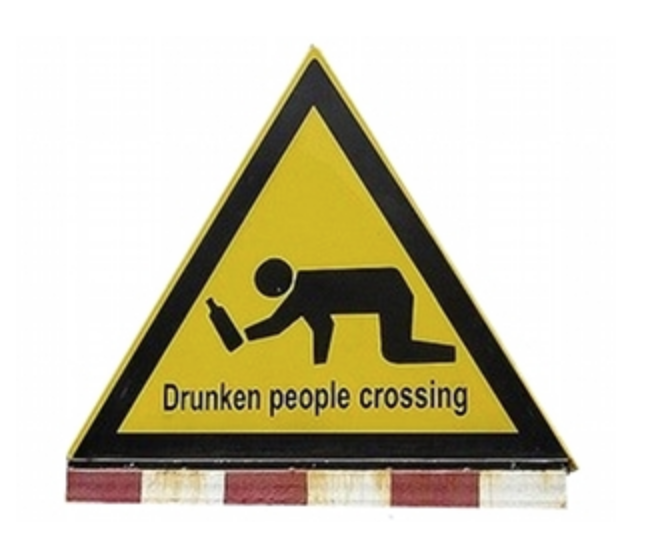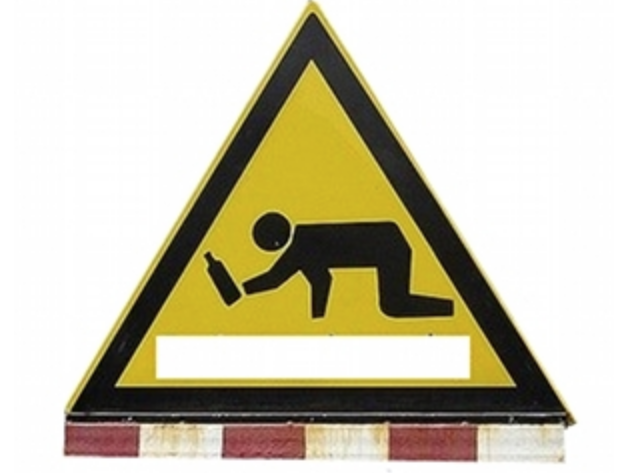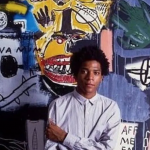What are Pictograms?
Pictograms are visual symbols used to show information in a visually engaging way. You might have noticed before, but we see them a lot of times in our everyday life. Most commonly used pictograms are found in public areas to replace the written indications of warnings and regulations. The use of pictograms is honoured for its ease to deliver the most critical message to children, to elderly, or foreigners over the language barrier. Another important aspect is the use of colours that can practically give cautions. Further, we’re able to identify them from the far sight. It also claims to be a universal language officially standardized by the International Organization for Standardization (ISO) and is used in 163 countries.

The History of Pictogram
The first pictorial signs appeared around 40000 BC as a cave painting in Europe. They were considered the form of art that describes lifestyle or religion. Fast forward to 3200 BC. The ancient Egyptians used pictorial signs known as Hieroglyphs to represent the image of things, actions, and sound. There were approximately 7,000 words at that time. Historians explain that the Egyptian Hieroglyphs have contributed to the idea of icons and pictograms these days. The beginning of modern pictograms orients to the “Isotypes”, created by Otto Neurath around 1920. Isotypes commonly present statistical information using picture language. Thanks to Isotypes, the illiterate people in the era were made to interpret the necessary information.
Shortly after, in 1964, in the Tokyo Olympic game, pictograms became one of the most used communication tools worldwide. Japanese youths designers made 20 different sports pictograms. Similarly, they have designed several pictograms describing equipment and services to help visitors as a means of guidance. After the Olympics in Tokyo, pictograms became one of the most commonly used tools, and other host counties of the Olympics have also started to design their unique pictograms.



Functions of colours
Colour comes to be one of the most important aspects when making pictograms since 80% of the visual information is perceived through colour by human brains. For example, the universal pictogram of the emergency exit is green. This is because green is the most visible colour under the red flame.
The four main colours commonly used have the following meanings.
• Red is an emotionally intense colour and likely to attain better attention, so it means “Hazard, Prohibition, and Emergency.”
• Yellow stands out and lets people make quick decisions, and therefore, it describes “Warning.”
• Blue makes people calm and enhances their quick thinking. The colour thereby expresses “Instruction and Mandatory.”
• Green brings a sense of stability and balance and improves people’s judgements. Therefore, it means “Safety and Induction.”
Here, you can tell how colour has each characteristic, and people are affected by them unconsciously. Consequently, colour is a crucial element in creating pictograms.

Tokyo 2020 Summer Olympic
The Tokyo Olympics 2020 opened up with the three performers and two assistants performing 50 pictograms across 33 different sports using their body parts. This creative and analog performance became a hot topic across the world as one of the most memorable and entertaining opening ceremonies. The three performers wore blue and white outfits and transformed constantly making different patterns. They replicated the pictograms very realistically using a lot of props, sound, and the camera angles.
Unique Pictograms in the world
In the case of Tokyo, they alternate using two different pictograms, ISO and JIS (Japanese Industrial Standard) Pictograms, but many countries also have their one and only unique ones. Usually, we can see pictograms as road signs. The representative pictogram is caution signs of animals such as Kangaroo and Koala in Australia, the Puma in Guatemala, Reindeer in Scandinavian countries, and the Hippopotamus in South Africa.
And here are some funny ones specific to each country!

“USE WASHROOM Instead” – Germany 
“Drunken people crossing” – US

“Watch for Santa Claus” – Norway
Funny Pictogram trend on Twitter
Making comedic or unique pictograms became one of the trends in Japan after the 2020 Olympics. A Japanese woman created pictograms about raising children and named them “The MAMA-lympics 2020 competitions” (referred also as PAPA-lympics) saying that raising a child is equivalent to playing a sport in the Olympic. She describes some scenes of childcare such as shopping, baby-lifting, and changing diapers into funny visuals. Pictograms express the meanings without words, and therefore, her work gained much sympathy throughout the world.

Throughout its history, Pictograms have been seen everywhere and gained much attention. Besides, they have become one of the communication tools these days. Taking this opportunity, why don’t you find unique pictograms or even create one?
Share your finds with us in the comments!



